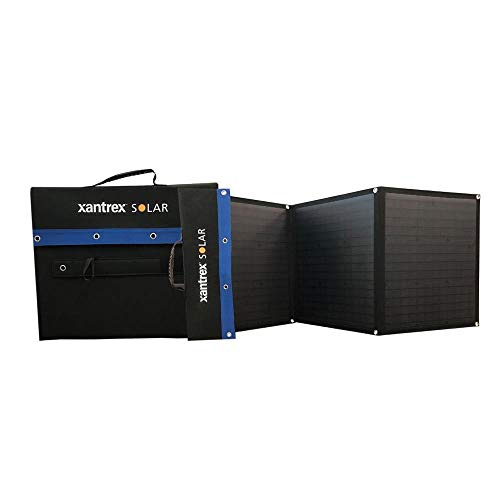- Joined
- Feb 17, 2017
- Messages
- 2,351
- Reaction score
- 2,872
Manjufacturers market these batteries as having a 3000 to 5000 cycle life and or a 10 year lifespan. The strength of these types of batteries - the BMS (Battery Management System) - is also their weakness. Also, while the battery itself is marketed as lasting over 10 years, they generally carry only a 5 year warranty. Why is this?
If the BMS might fail after 5 years, then why don't manufacturers make these 10+ Year batteries with a Replaceable BMS? instead of consumers being stuck with a 500$ to 1000$ paper weight?
Obviously, those who build their own battery system, wiring cels & BMS accordingly have this option and are capable of this replacement ability but what about the average consumer who purchase these batteries with a completely encased BMS only to have it fail turning the battery into a 30 pound paperweight, even tho the battery itself is still very functional if only said BMS unit could be replaced?
Discuss.........
Thanx,
INTJohn
If the BMS might fail after 5 years, then why don't manufacturers make these 10+ Year batteries with a Replaceable BMS? instead of consumers being stuck with a 500$ to 1000$ paper weight?
Obviously, those who build their own battery system, wiring cels & BMS accordingly have this option and are capable of this replacement ability but what about the average consumer who purchase these batteries with a completely encased BMS only to have it fail turning the battery into a 30 pound paperweight, even tho the battery itself is still very functional if only said BMS unit could be replaced?
Discuss.........
Thanx,
INTJohn































































